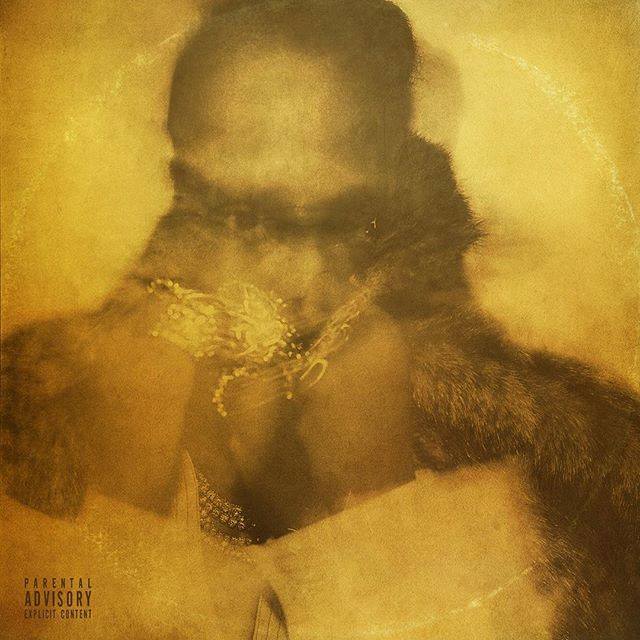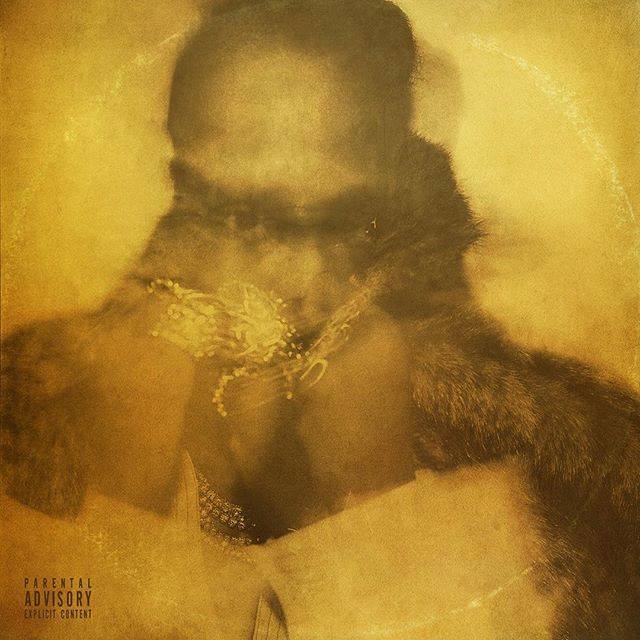facebook.com
If there’s one thing Future is good at, it’s building hype. He knows the best way to get listeners excited about his music in this day and age is to juxtapose four to eight bars of a quiet, minimal introduction against a loud and heavy bass drop. It’s tried, it’s true and it’s been dominating popular electronic music in the United States ever since Skrillex picked up a synthesizer and released “Scary Monsters” in 2010. Unfortunately, Future’s talents as a rapper and musician don’t extend much further than his ability to foster a fleeting excitement in his listeners. And even this becomes less impressive after noting that he has done this by repeating the exact same Trap Rap formula for nearly every song he has released thus far. Predictably, his self-titled album that was released on Feb. 17 is no different.
Of the 17 songs on “FUTURE,” 11 of them start with a 12-15 second introduction followed by the thud of a sub bass kick and sharp, rattling high-hats. Eight of these 11 songs follow the formula outlined above so precisely, that the bass drops at exactly 12 seconds into each track. It’s hard to get excited about a heavy Trap beat when you already know what’s going to happen before you even hear it. Every instrumental on “FUTURE” adheres so strictly to the generic Trap blueprint, it is actually difficult to differentiate between them.
The instrumental portion of “FUTURE” is a failure, but what about the actual rapping? After all, hip-hop is a vocal-centric genre. Although the beat is important, its main purpose is to serve as a foundation for the delivery of the raps. A hip-hop beat can be as boring and lifeless as the click of a metronome, but if there is a talented rapper delivering good lyrics with an interesting rhythmic flow on top, then that tends to outweigh the deficiency of the beat. In this case however, Future is no such rapper.
For the most part, his flow is simplistic and unengaging. Finding a safe niche within the eighth beats with a heavy emphasis on the one and two, he rarely ventures outside this comfort zone. If someone were to play a metronome set to eighth beats throughout this album, the majority of the syllables in Future’s rapping would land directly on a click. The instances where he does break free of his tight metronomic shackles make for some of his most enjoyable deliveries. His rapping on the opening song “Rent Money” explores some interesting rhythmic pockets and “Draco” has some of the most syncopated and rhythmically complex rapping on the album. However, these moments of proficiency are too few and far between to make up for the general laziness of Future’s flow.
The lyrics here are equally unoriginal and uninspired. Anyone who has listened to hip-hop before has almost certainly already heard everything that is said on “FUTURE,” and likely in a more clever and eloquent way. The opening lines of the album are, “Got the money comin’ in, it ain’t no issues. I just a f***ed a rapper b**ch, I should have dissed you. Got the MAC-11 cocked, it got the kick too.”
So let’s see, three sentences into the album and we’ve already heard about money, guns and demeaning women. The only thing that’s missing is drugs. Perhaps if we look at the chorus of “Mask Off” where Future chants, “Percocets Molly Percocets Percocets Molly Percocets.”
This review could have easily been filled with examples of Future’s stereotypically superficial lyricism, but if the two examples provided here aren’t enough, I encourage you listen to any of the other lyrics on the album. You’re bound to find more of the same.
Many would argue that Future’s merit as an artist is supported by his wide influence in hip-hop. Although Future has been an influential figure in modern popular hip-hop, his influence has only served as a catalyst for the lobotomization of the genre. Today, mumbling unintelligibly and unintelligently over cookie-cutter trap beats is not only accepted by many hip-hop listeners, but it is celebrated. Future is largely responsible for this trend and his new album is nothing more than another entry in the growing encyclopedia of derivative Trap Rap. I suppose it is possible to ride a dead horse, but it certainly isn’t going to take you anywhere.





![[Both photos courtesy of sonoma.edu]
Ming-Ting Mike Lee stepped in as the new SSU president following Sakakis resignation in July 2022](https://sonomastatestar.com/wp-content/uploads/2024/04/CC4520AB-22A7-41B2-9F6F-2A2D5F76A28C-1200x1200.jpeg)



























